Chevrolet Cobalt SS Supercharged Review

Fair disclosure: I wanted to love the Chevrolet Cobalt SS Supercharged (SS-S). My first car was America's Beetle: the Chevette. Watching the transplants take over the U.S. compact car market, I've always hoped The Big 2.8 would raise their game and kick some serious small car butt. To their credit, The General really swung for the fences with the SS-S. Unfortunately, it's game over; the Cobalt SS-S can't meet 2008 emissions regulations. As GM sends the Cobalt SS-S to the big dugout in the sky, is it love's labor lost or no big deal?
One look tells you the Cobalt SS-S wasn't made for grown-ups. Its 18' alloys, voluminous body skirt, whale-tail spoiler, Corvette-esque taillights and seven-speaker sound system (with trunk space sacrificed to the woofer Gods) are thirty-something anti-matter. With a color palette that includes fluorescent lemon meringue and laser red explosion, the SS is baby bling made metal.
GM certainly needs a car to reach this market segment; those krazy kids turn into button-down Camcord buyers one day. If kitsch is the key, the Cobalt SS-S driver is a Malibu pilot in the making. No other car sold in the U.S. comes equipped with so much factory rice. In that respect, the supercharged Chevy's styling is no bush league effort; it's a clear case of mission accomplished.
On the inside, The General did its best to stay on message. GM's blingmeisters fitted the good ship Cobalt SS-S with a boost gage on the A-pillar, a slick, short-throw shifter and a small bottle of NOS in the glove box (just kidding, although I forgot to check). And… that's about it. The SS-S' instrument panel is much the same as the base Cobalt's; although the SS-S' dash sports a pair of chrome-lined circles showing you what you'd expect them to.
It's all down market from there. The silver-painted plastics on the SS-S' dash and door-sills seem carefully designed to repel human flesh. Close examination of an '05 Cobalt SS indicates that it's only a matter of time before the gloss will disappear, exposing the ugly black plastic underneath. Otherwise, the seats are bearable, the driving position tolerable and the rear sightlines horrible, thanks to a wing that would give a dolphin a serious case of fluke envy.
The Cobalt SS-S holsters a 2.0-liter supercharged and intercooled inline four good for 205 horses and 200 ft.-lbs. of torque. The SS-S' force-fed powerplant is the antithesis of smooth, but it pulls like a wannabe Subaru Impreza turbo, minus the turbo-lag. The American coupe accelerates with genuine conviction all the way from 1500 rpm to the 6500 rpm redline. Or not. I couldn't stand the trashy thrashy sound long enough to find out.
Nor do I have the biceps to replicate the SS-S' startling (if claimed) zero to 60mph sprint time of 6.1 seconds. Floor the front wheel-drive Cobalt SS-S and the tires scrabble for purchase like a mountain goat on roller skates. Mashing the gas in the bends is only marginally less frightening than caning the car in a straight line- unless you find understeering towards the scenery a relaxing way to spend an afternoon.
The SS Supercharged improves on the base on SS models' handling via a lower ride height (down a quarter inch), beefier anti-roll bars, stiffer springs, larger brakes and 18" alloys shod with 215/45 Pirellis. While the extra tuning and rubber turn a competent corner carver into an extremely competent corner carver, the SS-S is still a seven-tenths car. Respect the torque steer monster and the Cobalt's a willing dance partner. Push it any further and the mosh pit awaits.
The Cobalt SS-S' brakes are the kind of sharp, fade-free anchors that give sporting drivers the confidence they need to succeed. The SS-S' rack and pinion steering is its Achilles heel. While the tiller isn't as loose as a '67 Dodge Charger (nothing is), the Chevy's numb helm denies the sporting driver enough feedback to work around the rest of the cars dynamic shortcomings (i.e. have fun).
The Cobalt SS-S was a valiant effort. The General could have built the Cobalt SS and called it good. Uncharacteristically, they decided to rise to the challenge of the Dodge Neon SRT-4 and the Honda Civic Si with unapologetic styling and as much bang-for-the-buck as they could muster. Unfortunately, Chevrolet failed to realize that a true driver's car is more than the sum of its parts. Blazing straight line acceleration and tunerz-style flash may gain attention, but you need genuine finesse to win genuine respect.
As GM's recent application of the SS moniker to a bevy of heavy, front-driven Chevy's proves, enthusiasts looking to GM for some of that kind magic are looking in the wrong place. That's a shame. The Cobalt was so close to greatness it hurts.

Latest Car Reviews
Read moreLatest Product Reviews
Read moreRecent Comments
- Lichtronamo Watch as the non-us based automakers shift more production to Mexico in the future.
- 28-Cars-Later " Electrek recently dug around in Tesla’s online parts catalog and found that the windshield costs a whopping $1,900 to replace.To be fair, that’s around what a Mercedes S-Class or Rivian windshield costs, but the Tesla’s glass is unique because of its shape. It’s also worth noting that most insurance plans have glass replacement options that can make the repair a low- or zero-cost issue. "Now I understand why my insurance is so high despite no claims for years and about 7,500 annual miles between three cars.
- AMcA My theory is that that when the Big 3 gave away the store to the UAW in the last contract, there was a side deal in which the UAW promised to go after the non-organized transplant plants. Even the UAW understands that if the wage differential gets too high it's gonna kill the golden goose.
- MKizzy Why else does range matter? Because in the EV advocate's dream scenario of a post-ICE future, the average multi-car household will find itself with more EVs in their garages and driveways than places to plug them in or the capacity to charge then all at once without significant electrical upgrades. Unless each vehicle has enough range to allow for multiple days without plugging in, fighting over charging access in multi-EV households will be right up there with finances for causes of domestic strife.
- 28-Cars-Later WSJ blurb in Think or Swim:Workers at Volkswagen's Tennessee factory voted to join the United Auto Workers, marking a historic win for the 89- year-old union that is seeking to expand where it has struggled before, with foreign-owned factories in the South.The vote is a breakthrough for the UAW, whose membership has shrunk by about three-quarters since the 1970s, to less than 400,000 workers last year.UAW leaders have hitched their growth ambitions to organizing nonunion auto factories, many of which are in southern states where the Detroit-based labor group has failed several times and antiunion sentiment abounds."People are ready for change," said Kelcey Smith, 48, who has worked in the VW plant's paint shop for about a year, after leaving his job at an Amazon.com warehouse in town. "We look forward to making history and bringing change throughout the entire South." ...Start the clock on a Chattanooga shutdown.



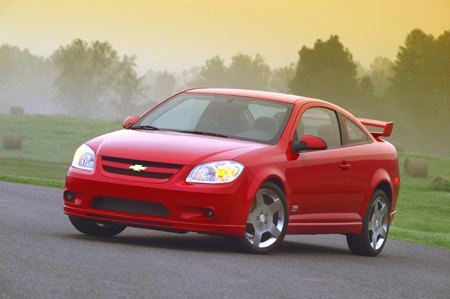


















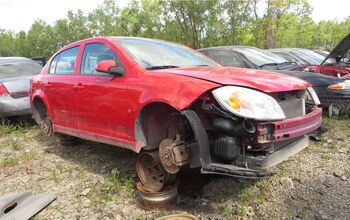
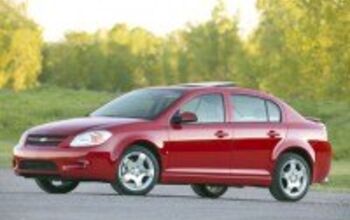
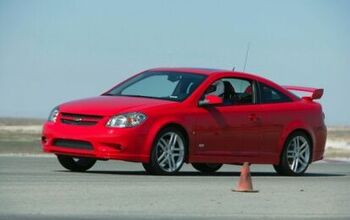
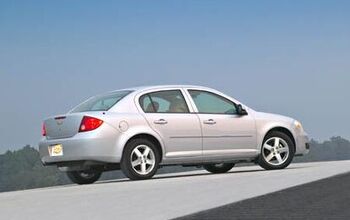
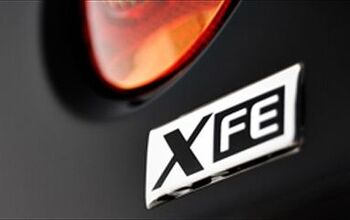










Comments
Join the conversation
Just another iteration of what Detroit calls a 'kid-car'. They've been making them ever since the original (and best), the 1968 Plymouth Roadrunner, was an unmitigated hit.
[...] Chevrolet TrailBlazer / GMC Envoy / Isuzu Ascender / Saab 9-7X (GMT-360)* ** Chevy Aveo* ** Chevy Cobalt/Pontiac G5 Chevy Colorado / GMC Canyon Chrysler Aspen / Dodge Durango* ** Chrysler Sebring / Dodge [...]